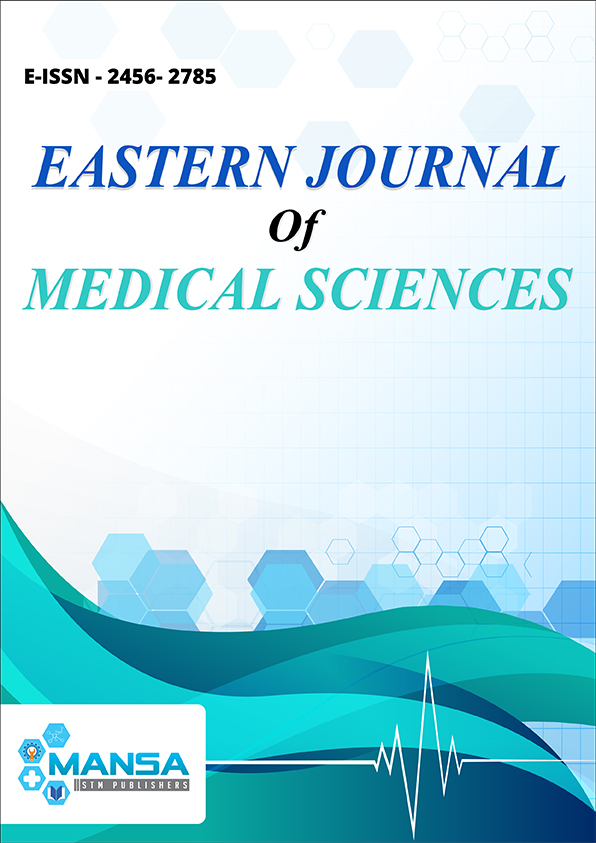Impact of bone scintigraphy and exposure dose on red blood cells with proposed solutions
DOI:
https://doi.org/10.32677/EJMS.2021.v06.i01.005Keywords:
Effects,, Blood,, Exposure,, Dose,, Histology,, RadiationAbstract
Background: Nuclear medicine (NM) technology is as indispensable field, is being widely used in research as well for diagnostic/staging purposes. However, it is also associated with potential hazards of radiation especially among radiation practitioners. Objective: The objective of the study was to determine the effects of NM exposure doses of bone scintigraphy in red blood cells and to propose a recent technology to be incorporated in NM and radiology technologies. Materials and Methods: A retrospective study was carried out among 75 patients who underwent bone scintigraphy between 2014 and 2018. A blood sample of these patients was characterized using transmitted light microscope and obtained data were analyzed using SPSS. Results: There was a decrease in the RBCs% and hemoglobin (HGb) count with the increment of interval time of bone scintigraphy (p=0.3). The average applied radioactive (Methylene Di-phosphate/Technetium-99m) dose of 15±2.9 mCi reduces RBCs and HGb count insignificantly by 3.56% and 3.1%, respectively. With an increased dose of 20±5.8 mCi and after interval time of bone scintigraphy, the histological changes in RBCs such as loss of biconcavity, increased diameter (10±0.4 ?m), developed spikes (anisocytosis and poikilocytosis) were observed. Conclusion: The proposed robotic intelligent system can be utilized partially while performing NM and other radiological examinations under supervision of specialists to prevent stochastic and non-stochastic effects among radiation practitioners.
Downloads
Downloads
Published
Issue
Section
License

This work is licensed under a Creative Commons Attribution-NonCommercial-NoDerivatives 4.0 International License.

